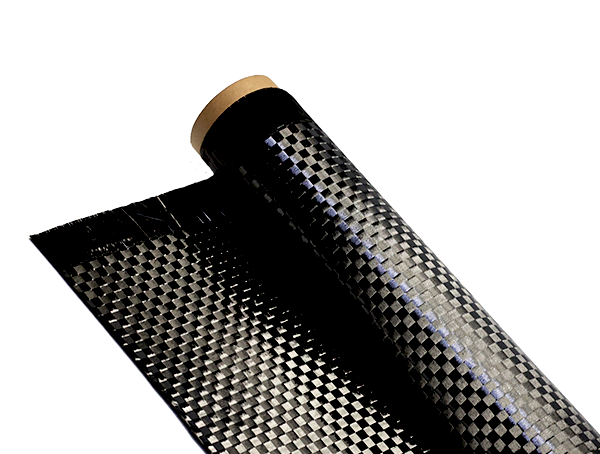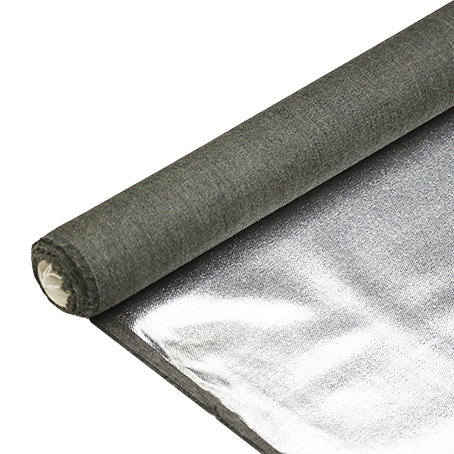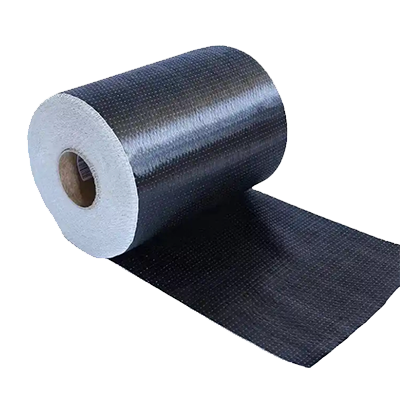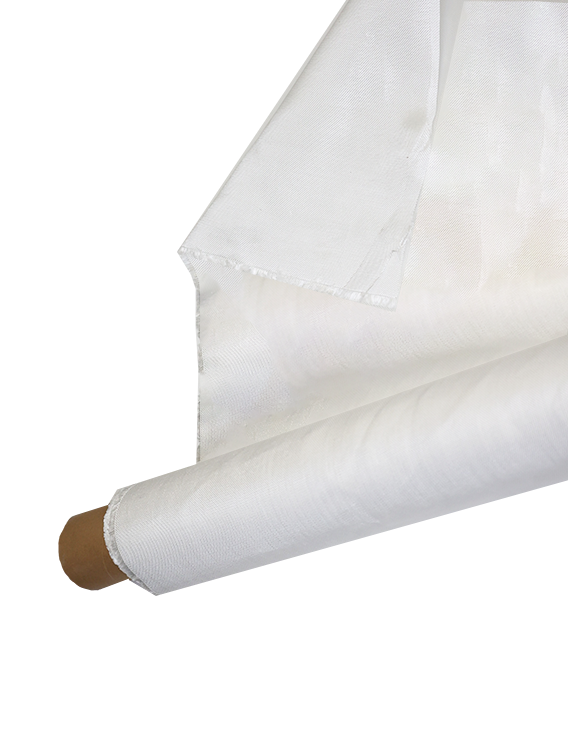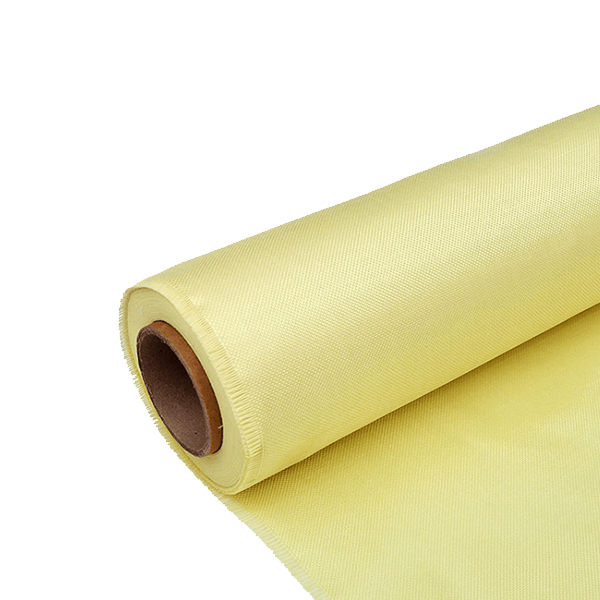Unleashing Innovation: The Power and Potential of Chopped Carbon Fiber
-
Table of Contents
“Enhancing Electronics Efficiency: Chopped Carbon Fiber for Superior Thermal Conductivity.”
Introduction
Chopped Carbon Fiber has emerged as a significant material in the electronics industry due to its exceptional thermal conductivity properties. This enhancement in thermal management is crucial for the performance and longevity of electronic devices, as efficient heat dissipation prevents overheating and ensures stable operation. The incorporation of Chopped Carbon Fiber into composite materials allows for improved thermal conductivity without significantly increasing weight, making it an ideal choice for lightweight and compact electronic applications. Additionally, its ability to be easily integrated into various substrates and its compatibility with different manufacturing processes further amplify its benefits, paving the way for innovative designs in thermal management solutions for advanced electronic systems.
Enhanced Thermal Management with Chopped Carbon Fiber
The integration of Chopped Carbon Fiber into electronic components has emerged as a significant advancement in thermal management, offering a multitude of benefits that enhance the performance and longevity of electronic devices. As electronic components continue to shrink in size while increasing in power, the need for effective thermal management solutions has become paramount. Chopped Carbon Fiber, known for its exceptional thermal conductivity, presents a viable solution to address these challenges.
One of the primary advantages of incorporating Chopped Carbon Fiber into electronic materials is its ability to dissipate heat efficiently. Traditional materials often struggle to manage the heat generated by densely packed electronic components, leading to overheating and potential failure. In contrast, Chopped Carbon Fiber exhibits superior thermal conductivity, allowing it to transfer heat away from critical areas rapidly. This property is particularly beneficial in high-performance applications, such as in power electronics and high-frequency devices, where excessive heat can significantly impair functionality.
Moreover, the lightweight nature of Chopped Carbon Fiber contributes to the overall efficiency of electronic devices. As manufacturers strive to create lighter and more compact products, the use of materials that do not compromise structural integrity while enhancing thermal performance is essential. Chopped Carbon Fiber not only meets these criteria but also provides additional mechanical strength, making it an ideal choice for applications where durability is crucial. This combination of lightweight and robust characteristics allows for the design of more efficient cooling systems, ultimately leading to improved device performance.
In addition to its thermal and mechanical properties, Chopped Carbon Fiber also offers versatility in manufacturing processes. It can be easily integrated into various composite materials, enabling manufacturers to tailor the thermal management properties of their products according to specific requirements. This adaptability is particularly advantageous in the rapidly evolving electronics industry, where customization and innovation are key to staying competitive. By incorporating Chopped Carbon Fiber into their designs, manufacturers can create bespoke solutions that address unique thermal challenges while maintaining cost-effectiveness.
Furthermore, the environmental benefits of using Chopped Carbon Fiber cannot be overlooked. As sustainability becomes an increasingly important consideration in manufacturing, the use of recycled carbon fibers presents an opportunity to reduce waste and lower the carbon footprint of electronic products. By utilizing Chopped Carbon Fiber derived from recycled sources, manufacturers can contribute to a more sustainable future while still achieving the desired thermal performance. This alignment with environmental goals not only enhances brand reputation but also meets the growing consumer demand for eco-friendly products.
As the electronics industry continues to evolve, the importance of effective thermal management will only increase. The incorporation of Chopped Carbon Fiber into electronic components represents a forward-thinking approach to addressing these challenges. By leveraging its superior thermal conductivity, lightweight nature, and adaptability in manufacturing, Chopped Carbon Fiber stands out as a key material in the quest for enhanced thermal management solutions. Ultimately, the benefits of this innovative material extend beyond mere performance improvements; they pave the way for the development of more reliable, efficient, and sustainable electronic devices. As research and development in this area progress, it is likely that we will see even more applications and advancements that harness the unique properties of Chopped Carbon Fiber, further solidifying its role in the future of electronics.
Improved Heat Dissipation in Electronic Components Using Chopped Carbon Fiber

The rapid advancement of electronic devices has necessitated the development of materials that can effectively manage heat dissipation. Among the various materials explored, Chopped Carbon Fiber has emerged as a promising candidate due to its exceptional thermal conductivity properties. This unique characteristic is particularly beneficial in enhancing the performance and longevity of electronic components, which are often susceptible to overheating. By integrating Chopped Carbon Fiber into electronic substrates and components, manufacturers can significantly improve heat dissipation, thereby ensuring optimal functionality and reliability.
To understand the advantages of Chopped Carbon Fiber in electronics, it is essential to consider its inherent properties. Carbon fibers are known for their high thermal conductivity, which allows them to efficiently transfer heat away from critical areas within electronic devices. When these fibers are chopped into shorter lengths, they can be easily incorporated into various composite materials, enhancing their thermal management capabilities. This integration not only improves the thermal performance of the components but also contributes to a reduction in weight, which is a crucial factor in modern electronics design.
Moreover, the use of Chopped Carbon Fiber facilitates the creation of lightweight and robust materials that can withstand the rigors of electronic applications. Traditional materials often struggle to balance thermal conductivity with mechanical strength, leading to compromises in performance. However, Chopped Carbon Fiber composites can achieve an optimal balance, providing both excellent heat dissipation and structural integrity. This dual functionality is particularly advantageous in high-performance applications, such as in smartphones, laptops, and other portable devices, where space and weight constraints are paramount.
In addition to enhancing thermal management, Chopped Carbon Fiber also plays a significant role in improving the overall efficiency of electronic devices. As components operate at lower temperatures, the risk of thermal-induced failures diminishes, leading to increased reliability and extended lifespan. This is particularly important in high-power applications, where excessive heat can lead to performance degradation or even catastrophic failure. By incorporating Chopped Carbon Fiber into the design of these components, manufacturers can mitigate these risks, resulting in devices that not only perform better but also require less frequent maintenance or replacement.
Furthermore, the versatility of Chopped Carbon Fiber allows for its application in various electronic components, including circuit boards, heat sinks, and enclosures. By tailoring the composition and orientation of the chopped fibers, engineers can optimize the thermal properties of the final product to meet specific performance requirements. This adaptability is crucial in an industry that demands continuous innovation and improvement, as it enables the development of next-generation devices that can handle increasing power densities without compromising on performance.
In conclusion, the incorporation of Chopped Carbon Fiber into electronic components offers significant benefits in terms of improved heat dissipation. Its high thermal conductivity, combined with its lightweight and robust nature, makes it an ideal material for enhancing the performance and reliability of modern electronics. As the demand for more efficient and durable devices continues to grow, the role of Chopped Carbon Fiber in thermal management will likely become increasingly prominent. By leveraging this innovative material, manufacturers can not only address current challenges in heat dissipation but also pave the way for future advancements in electronic design and functionality.
Lightweight Solutions: The Role of Chopped Carbon Fiber in Thermal Conductivity
In the realm of electronics, the demand for lightweight materials that enhance performance while ensuring thermal efficiency has become increasingly critical. One such material that has garnered attention is Chopped Carbon Fiber, which offers a unique combination of properties that make it particularly advantageous for thermal conductivity applications. As electronic devices continue to shrink in size while increasing in power, the need for effective heat management solutions has never been more pressing. Chopped Carbon Fiber emerges as a promising candidate, providing a lightweight solution that addresses these challenges.
The inherent structure of carbon fiber contributes significantly to its thermal conductivity. Composed of numerous carbon atoms bonded together in a crystalline formation, carbon fibers exhibit excellent thermal properties. When these fibers are chopped into shorter lengths, they maintain their ability to conduct heat effectively while also allowing for easier integration into various composite materials. This versatility is particularly beneficial in the electronics industry, where components must often be lightweight yet capable of dissipating heat efficiently to prevent overheating and ensure optimal performance.
Moreover, the incorporation of Chopped Carbon Fiber into polymer matrices enhances the thermal conductivity of the resulting composites. Traditional materials used in electronics, such as metals and ceramics, can be heavy and cumbersome, which poses challenges in applications where weight reduction is essential. By contrast, composites reinforced with Chopped Carbon Fiber can achieve comparable thermal performance while significantly reducing overall weight. This characteristic is especially advantageous in portable electronic devices, where every gram counts, and manufacturers are constantly seeking ways to optimize the balance between performance and weight.
In addition to its lightweight nature, Chopped Carbon Fiber also offers improved mechanical properties, which further enhances its appeal in electronic applications. The addition of Chopped Carbon Fiber to a polymer matrix not only increases thermal conductivity but also enhances the strength and durability of the composite material. This dual benefit is crucial in electronics, where components must withstand thermal cycling and mechanical stress over time. As a result, devices that utilize Chopped Carbon Fiber composites can achieve longer lifespans and greater reliability, ultimately benefiting both manufacturers and consumers.
Furthermore, the environmental impact of materials used in electronics is an increasingly important consideration. Chopped Carbon Fiber can be produced from recycled materials, making it a more sustainable option compared to traditional thermal management solutions. This aspect aligns with the growing trend towards eco-friendly practices in the electronics industry, where companies are striving to reduce their carbon footprint and promote sustainability. By adopting Chopped Carbon Fiber, manufacturers can not only enhance the thermal performance of their products but also contribute to a more sustainable future.
In conclusion, the benefits of Chopped Carbon Fiber in enhancing thermal conductivity within electronic applications are manifold. Its lightweight nature, combined with superior thermal and mechanical properties, makes it an ideal choice for modern electronic devices that require efficient heat management. As the industry continues to evolve, the integration of Chopped Carbon Fiber into composite materials will likely play a pivotal role in addressing the challenges posed by increasing power densities and the need for lightweight solutions. Ultimately, the adoption of this innovative material not only improves the performance and reliability of electronic devices but also aligns with the broader goals of sustainability and environmental responsibility. As such, Chopped Carbon Fiber stands out as a key player in the future of electronics, paving the way for advancements that prioritize both efficiency and ecological considerations.
Q&A
1. **Question:** What is the primary benefit of using Chopped Carbon Fiber in electronic applications regarding thermal conductivity?
**Answer:** Chopped Carbon Fiber significantly enhances thermal conductivity, allowing for efficient heat dissipation in electronic components, which helps prevent overheating and improves overall performance.
2. **Question:** How does the incorporation of Chopped Carbon Fiber affect the thermal management of electronic devices?
**Answer:** The incorporation of Chopped Carbon Fiber improves thermal management by providing a lightweight, high-conductivity material that facilitates better heat transfer away from critical components, thereby increasing reliability and lifespan.
3. **Question:** In what way does Chopped Carbon Fiber contribute to the miniaturization of electronic devices?
**Answer:** Chopped Carbon Fiber enables better thermal performance in smaller form factors, allowing for the design of compact electronic devices without compromising on heat dissipation, thus supporting miniaturization trends in the industry.

